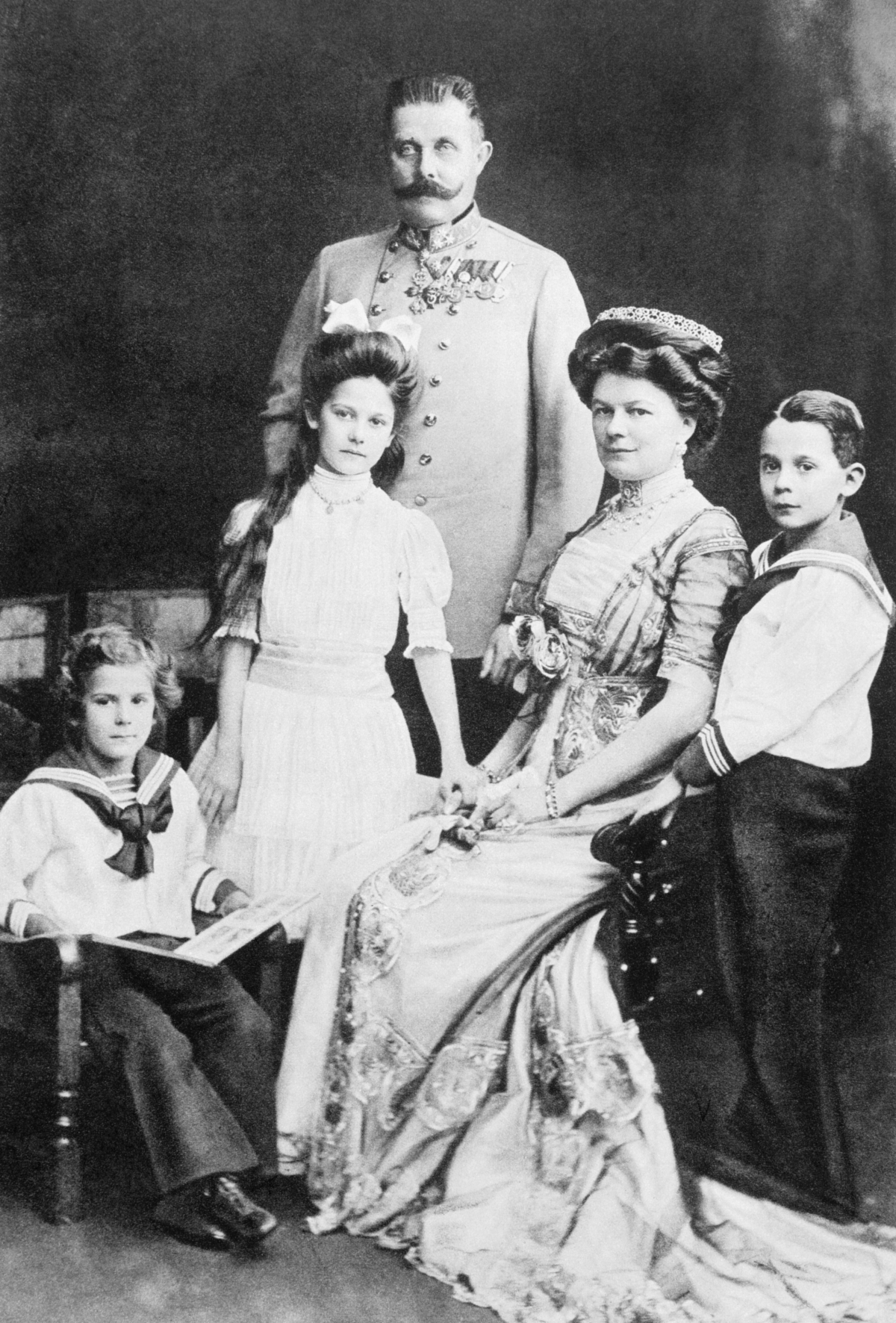

Austria-Hungary’s declaration of war on Serbia forced Russia to abide by their treaty with Serbia and enter the war. In the aftermath of the assassination, the Ottoman Empire replaced Italy to create the “Central Powers” with Austria-Hungary and Germany. However, Italy would opt out of this alliance to honor their pact with France.

Prior to the assassination, Austria-Hungary, Germany and Italy (constituting a group known as “the Triple Alliance”) promised to come to the aid of each other if attacked. In the years prior to 1914, European nations scrambled to obtain colonial possessions overseas creating a complicated web of alliances in order to gain military control over Europe.
Serbian nationalist who assassinated franz ferdinand series#
The conflict might have remained centralized in the Balkans had it not been for an elaborate series of treaties that divided Europe into two hostile camps. One month later, on July 28, Austria-Hungary declared war on Serbia in response to the Archduke’s murder, deeming them responsible. The videos are part of the documentary series of infamous assassinations previously aired on the History Channel. The following video presents the buildup to World War I and the assassination of the Archduke Franz Ferdinand. Still riding in an open carriage, the Archduke’s motorcade came to a stop next to Princip who approached the carriage, pulled out his revolver and killed the Archduke along with his wife, Sophie. Of the seven assassins, only one committed and hurled his grenade but it bounced off the carriage and missed perhaps expecting wine and roses, the Archduke yelled “So you welcome your guests with bombs?!” Although this assassination attempt was unsuccessful, other Black Hand members remained at the ready, including Pricip, who would seize his opportunity later that day. Despite unrest in the country, he and his wife, Sophie rode side-by-side in an open carriage throughout the capital of Sarajevo.Īs they paraded through the streets, seven members of the Black Hand immersed themselves in the crowd waiting to attack the carriage with hand grenades and revolvers. As Inspector General of the Austro-Hungarian Army, the Archduke arrived in Sarajevo to inspect an army regiment in Bosnia. Given the already-fractured state of European politics and the complex alliance system established during the arms race, this act set in motion a chain of events that forced the major powers into the most devastating war the world had ever seen. The Black Hand was under the direction of Colonel Dragutin Dimitrijevic, Serbia’s Chief of Intelligence- a connection that lead Austrian officials to mistakenly believe that Serbia was cognizant of the assassination plot, therefore turning the double murder into state-run terrorism. They believed the Serbs would be able to create their own independent nations. Princip, along with his co-conspirators in the secret society the “Black Hand,” (funded by the terrorist organization Young Bosnia) hoped to inspire the people of the Balkans to revolt. The assassination was a defiant act of protest against the Austro-Hungarian imperial presence in the Balkans. The assassination of Archduke Franz Ferdinand occurred in Sarajevo, Bosnia, on 28 June 1914 when a 19-year-old Serbian nationalist, Gavrilo Princip, shot the Archduke and his wife, Sophie. Though there are many interpretations, the key event universally recognized as the major European accelerant into the First World War was the assassination of the heir to the Austro-Hungarian throne, Archduke Franz Ferdinand. Other historians trace its genesis to 1871 with the unification of Germany and the establishment of the German Empire. Many scholars believe that the origins of the Great War (28 July 1914 – 11 November 1918) lie in the arms race between Germany and Great Britain and land disputes within continental Europe which lead to a hostile diplomatic environment starting at the turn of the century. Historians have been debating why sectional tensions escalated into a World War since the 1920s. If you’re confused as to why World War I happened, you’re not alone. Click to share on Twitter (Opens in new window).Click to share on Facebook (Opens in new window).


 0 kommentar(er)
0 kommentar(er)
